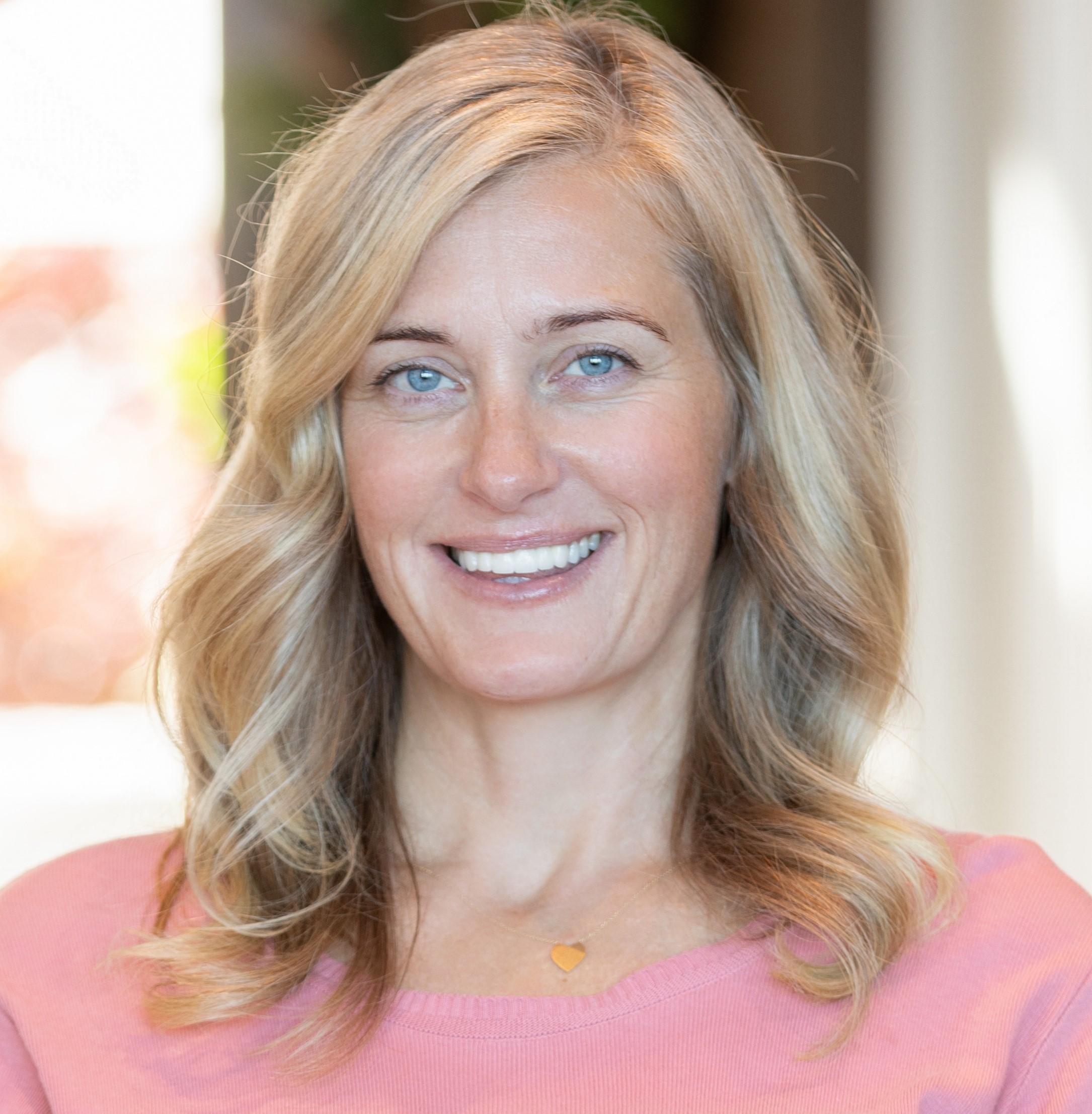How often in your day do you delay feeling happy? Maybe it’s because you feel overwhelmed with too much to do, and not enough time for all of your important doing. Perhaps you feel stuck in an unhappy relationship or job.
Our reasons for delaying happiness, can quickly become a familiar story we stand behind. But our reasons, no matter how convincing, aren’t the true problem. It’s our habits of thinking and being that hold us back from our sense of happiness.
For some people, realizing they are the common denominator in an unhappy life, can be transformational. It can be exciting and freeing to recognize you have a say in how you dance with life, and you don’t have to suffer.
For others, this absurd idea will be brushed off with a huff and an eye-roll, because nobody could “possibly understand” the terrible hand they’ve been dealt.
Whatever pattern you find yourself in, don’t fret. As human beings, we have the inherent traits necessary to live a happy life. Sometimes, we require extra practice and focus to remind ourselves that happiness is a choice. We all deserve to experience happiness. There is no need to delay the enjoyment of life.
Here are the 5 strategies I use to stop delaying happiness, and instead get back on the path of enjoying my journey. If any of these tips resonate, give them a try and see what shifts for you.
#1. Daily Check-Ins
When we get stuck in patterns of thinking and being that are self-defeating, it’s challenging to find a clear path to happiness. It’s like searching for the light switch in a very dark room. When we are familiar with the layout of the room, we can find our way to the light switch with precision and ease – even when we can’t see where we are going. If we are in unfamiliar territory, or out of practice, it becomes much harder to feel our way to the light switch. It’s like that with happiness too. We must practice what it feels like to look for the good and give life to thoughts that have a hopeful and happy tone.
In order to get a clear picture of your tendencies and patterns of thinking, you’ve got to become familiar with the lay of the land in your inner world. The more familiar and comfortable you are sitting in stillness with yourself, the easier it becomes to find the light switch when darkness prevails.
Practice Strategy 1: Have periodic check-ins throughout the day where you consciously listen in on the tone of your thoughts. Set check-in reminders on your phone, or choose a regular time, so it’s easy to stick to. Don’t try to steer your thoughts in a certain direction. Simply approach this practice with the willingness to be curious. You don’t need to judge or label the thoughts. The practice is to notice and get more comfortable listening. Get to know the tapestry of your inner world, so it doesn’t feel like a scary or uncomfortable place to go.
#2. Train Your Focus
When you become more comfortable noticing the way your thinking affects your experience of life, you can begin having fun shaping your experience. The easiest way to do this, is to re-direct your thoughts towards what you do enjoy.
According to an article in Harvard Graduate School of Education: “Our brains can change, physically, as a result of learning, says mindfulness expert Metta McGarvey. In a process called “experience dependent neuroplasticity,” neural connections grow based on what we’re learning. Repeating the same thoughts, feelings, and behaviors increases synaptic connectivity, strengthens neural networks, and creates new neurons through learning. In other words, practicing a positive habit can predispose our thoughts to be more affirmative.”
For more on this, check out Harvard Education’s short one-minute video called, ‘The Biology of Positivity’:
Practice Strategy 2: One strategy I regularly use to re-direct my focus, is to free write a gratitude list. When I find myself repeating a negative thought cycle about an event in my life, I stop what I’m doing and get out a piece of paper and pen. Then without thinking, I write down a steady stream of reasons I’m grateful. If I’m in a real funk, these reasons usually start out basic, for example: I’m grateful for fresh air, for the beautiful flower that bloomed outside my window, for the way I can see color, for the texture of the carpet under my toes. Then as I get going, this list always becomes more dynamic, and expands to include the special people in my life, the experiences, the gift of life, etc. I keep going until I feel the shift in my body as the heaviness of my mood lifts.
#3. Small Steps Towards Your Definition of Happiness
We all have our own personal definition of happiness. Our definition of happiness is influenced by many factors, including: our cultural background, our values and beliefs, our upbringing, where we live in the world, our personalities and so much more – it’s personal for a reason. It’s important to be clear on what happiness means to you, so you aren’t chasing someone else’s version of a happy life.
Practice Strategy 3: Create a list of what happiness looks like to you. If you want to take it one step further, create a vision board or visual representation of your list and display it where you’ll see it regularly. If you want to dive in even deeper, answer these questions for yourself:
1. What are some small steps you can take towards this picture of happiness?
2. What is one thing you can commit to in your daily life that is in line with your definition of happiness?
3. How might your life change in one week, one month, and one year from now by taking small steps towards your definition of happiness?
4. What kind of ripple effect will your happiness have on the people in your life?
5. What are some of the ways you might sabotage your happiness?
6. What support can you put in place to help you align with your definition of happiness?
7. Are you ready to commit to making small steps toward your definition of happiness?
#4. Permission for a Reset
Sometimes life gets messy, and no matter what we try, we can’t get out from under the dark cloud. It’s not helpful to stuff down the darkness, in constant search of the light. Part of the beauty of being a human is that we get to experience a wide range of emotions. There can be as much richness in the feeling of sadness, anger, frustration or fear, as there is in the feeling of joy.
The common mistake so many of us make, is thinking our emotions are fixed – or worse, getting caught up in believing we are our emotional state. These overused declarations, like: I am angry, I am sad, I am lonely, I am frustrated, have an air of certainty that feels suffocating. But when we flip the script to allow our emotions to move through us, and provide us with an experience, it’s much easier to let them go. We’ve got to be gentle with ourselves for being human. Give yourself permission to feel all the feels, and then reset when you’re ready.
Practice Strategy 4: Give yourself permission to turn the page and reset. Before you drift off to sleep, thank yourself for showing up as your human self that day. Thank all of your emotions for being there. Remind yourself that whatever you may be feeling, it will come to pass. Give yourself permission to let go of whatever story or feeling you may be attached to. Set the intention, before you close your eyes, that tomorrow is a new day and a new page in your journey. Welcome the gift of a well-earned night’s sleep.
#5. Care and Protect
In order to allow more happiness into our human experience, it’s important to be invested in our own well-being. We have to care about how we feel. When we are invested in enjoying our human journey, we are more likely to be proactive with the moments before us. We all have the same 24-hours in a day. It’s what we do with our moments, and how we dance with life, that makes all the difference.
Caring about our well-being also means we put our health first and choose what we consume wisely. This goes for how we move our bodies, what we feed our bodies, the environments we put ourselves in, the media we take in, and basically what we expose ourselves to. We aren’t on autopilot, so don’t be afraid to hop in the driver’s seat of your life.
As someone who identifies as being an empath, I’ve learned the hard way how important it is to exercise healthy boundaries, and be conscious of who and what I say yes to.
Not everyone belongs in our inner circle, and it’s okay to say no. Trust your inner guide, and wish others well on their learning journey. You’re allowed to protect your well-being and happiness, and still be a good person.
Practice Strategy 5: Get more comfortable getting uncomfortable. In other words, get used to saying no more often. It’s not easy to say no, especially if you’re a people pleaser or a caregiver. But putting the mask on yourself first, so you’re able to help others, is a timeless piece of advice for a reason. We make room for more enjoyment in life, every time we stop saying yes when we yearn to say no.
One of the most powerful ways to protect our energy and well-being, is to step up and be more mindful and protective of where we give our energy out. Commit to saying no to anything new that doesn’t feel like a HUGE yes, for a day, a week, a month, a year – or for whatever length of time you can stomach. If saying no seems like too big of a leap, start with letting others know you’ll have to look at your schedule and you’ll get back to them. Then take some time to formulate your no in a way that feels right to you.
Originally published on emilymadill.com


